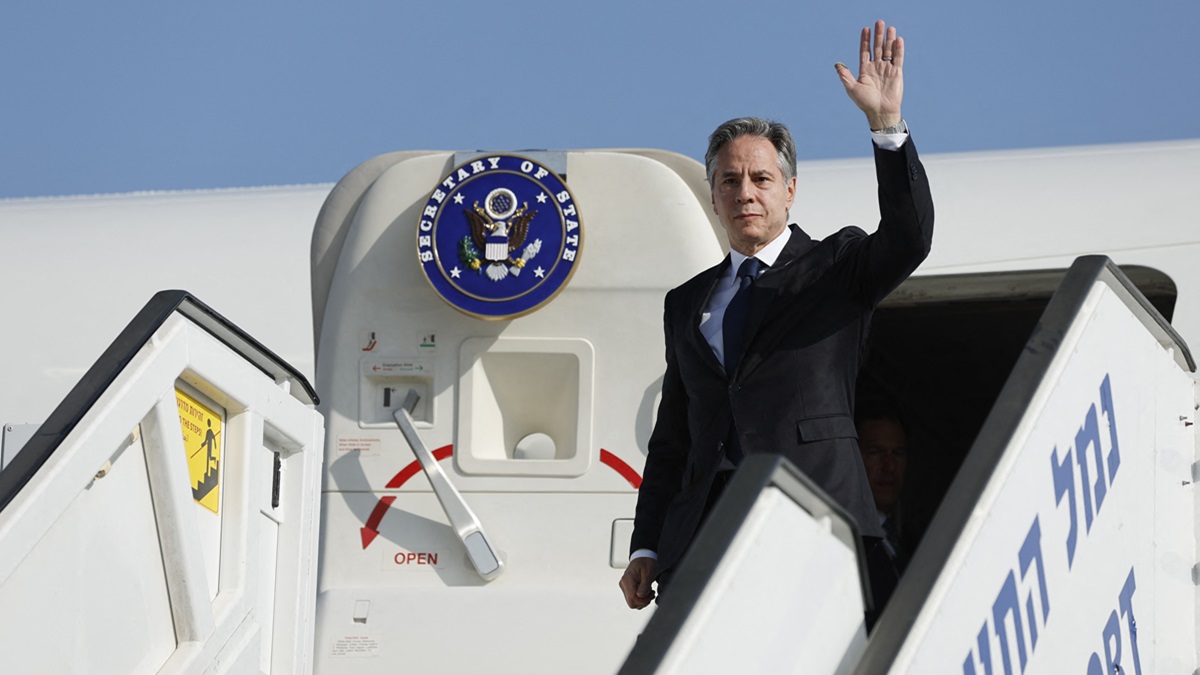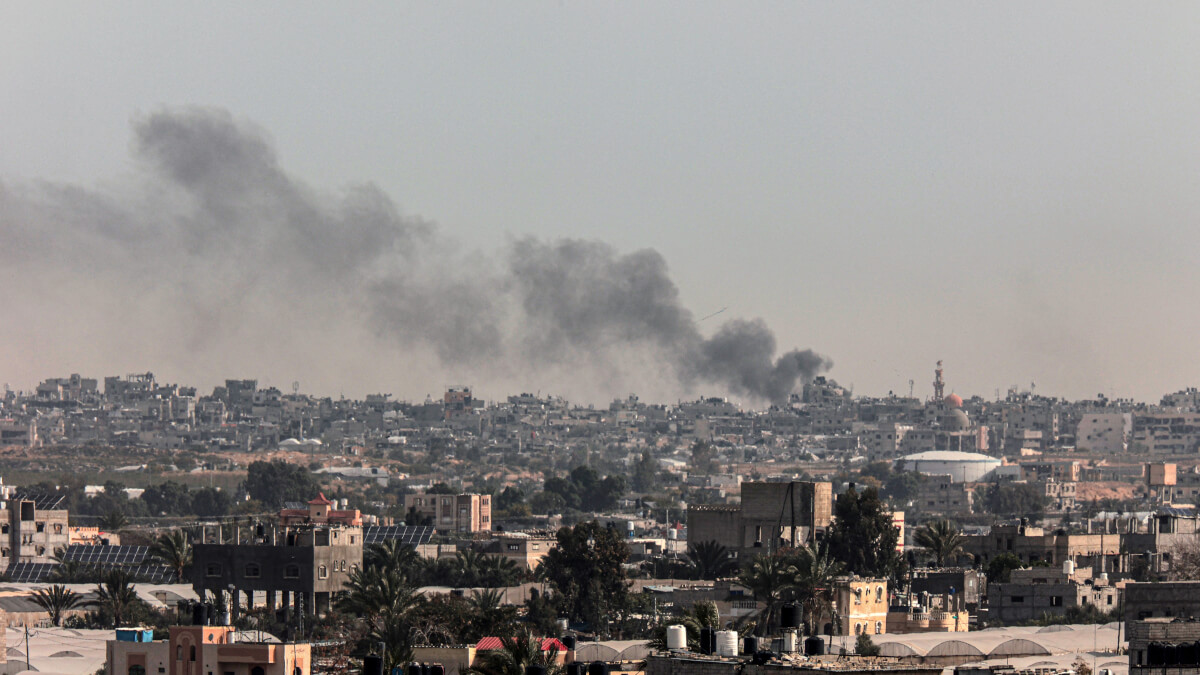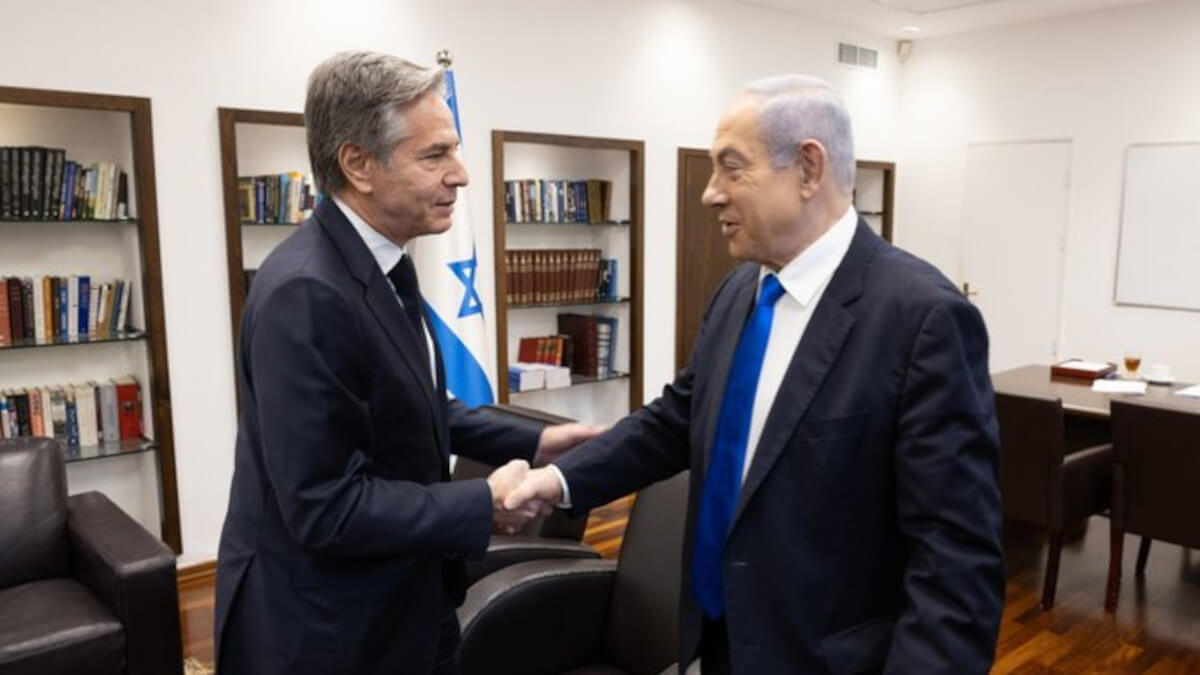Travel
Blinken travels to Qatar as Washington considers Hamas counter-proposal

Antony Blinken continues his eighth Middle East tour. The US Secretary of State has travelled to Qatar to continue his round of talks with countries in the region and to convince Hamas to accept the proposal approved by the UN Security Council. And while Hamas agreed to the draft in the first instance, there are nuances that still need to be negotiated.
Hamas’s counter-proposal: securing a definitive end to the war
This is the terrorist group’s fundamental demand. A ceasefire and the return of Israeli hostages to their country is not enough. They want a definitive end to the war and demand the withdrawal of Israeli troops from Palestinian territory. A point that has been rejected on numerous occasions by Tel Aviv, but which they will now have to consider again, if they want to reach an agreement that seems to be getting closer and closer.
Last night, Hamas sent a series of amendments to the US-drafted proposal. The most prominent of these is the establishment of a ceasefire timetable, including the withdrawal of all Israeli troops after a few weeks. This is an important nuance with respect to Joe Biden’s proposal, which established a withdrawal of troops, but only from “major population centres”.
Moreover, the initial idea envisaged a six-week ceasefire, which would be extended until a permanent agreement was reached. Hamas is not convinced, according to sources consulted by Arab News, that there was no concrete plan for a definitive end to the ceasefire. There was talk of futures, but Hamas is demanding fixed deadlines, something that the White House is still evaluating.

The US is studying Hamas’s response
Washington has yet to make a definitive statement on Hamas’s proposed changes. However, Hamas representatives claim that “there are no major gaps” and that “the ball is now in Israel’s court”. This is an idea that, on the other hand, Israel has been quick to deny, assuring that “all the main and most significant parameters” have changed.
The United States has preferred to remain cautious, without commenting on the changes Hamas intends to implement. The White House National Security spokesman, John Kirby, has been satisfied that Hamas’s leader on the ground, Yahya Sinwar, has given the green light to the possible agreement. However, he did not say whether his government would accept the conditions now being proposed by Hamas, which Tel Aviv does not view favourably.

What has not gone down well has been the joint communiqué from Hamas and Islamic Jihad in which they say they seek to defend the interests of the Palestinian people. They have reiterated that a definitive end to the war is a priority and that they have no intention of accepting any agreement that does not include it. The plan approved by the UN Council speaks of such a permanent cessation, but does not set specific deadlines, which has not convinced Hamas.
It envisages de-escalation in three phases. First, there is talk of a short-term ceasefire, which would be used to free the hostages kidnapped in the 7 October terrorist attack. Later, a “permanent cessation of hostilities” and the definitive withdrawal of Israeli troops would be reached, and in the final phase, a process of reconstruction of Gaza would begin, which would last several years.










